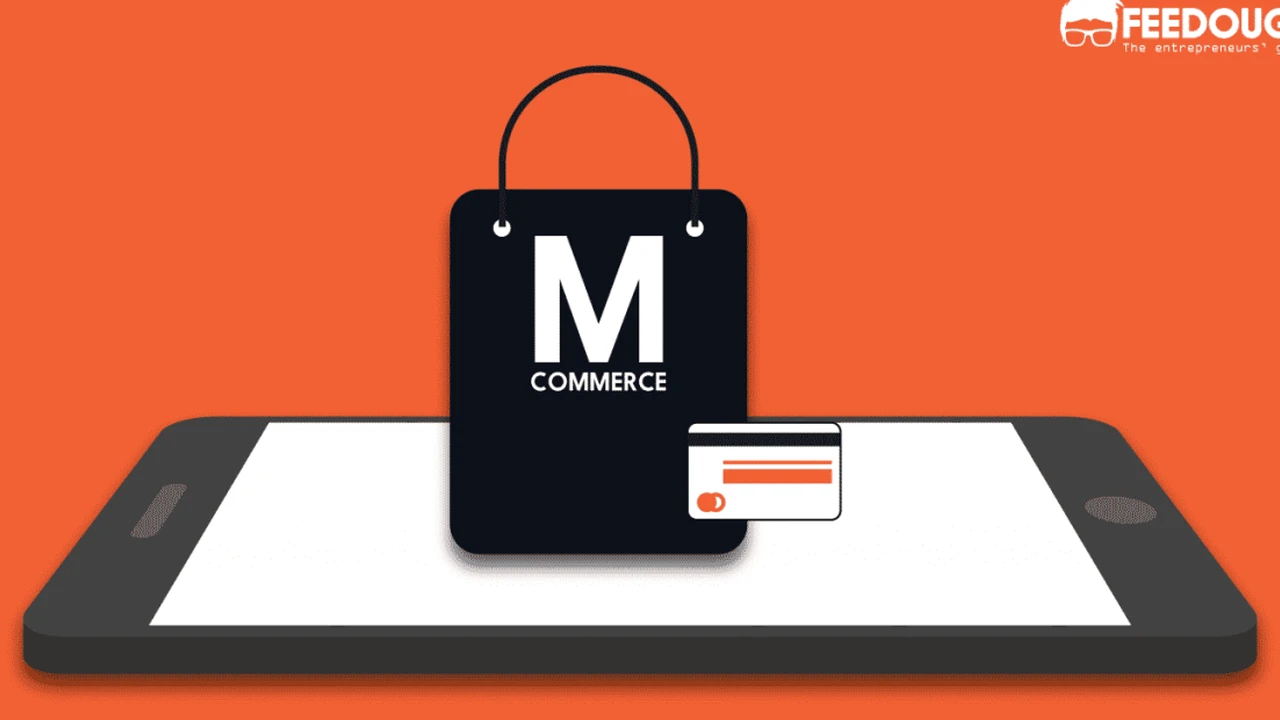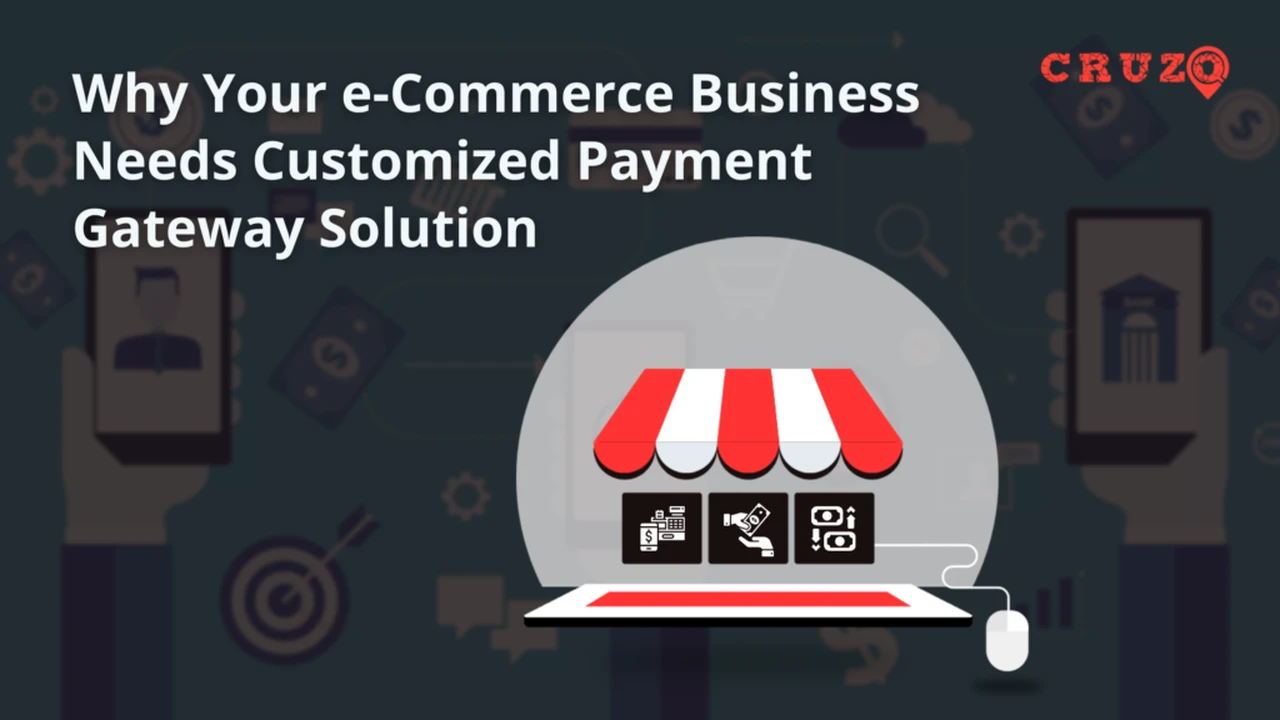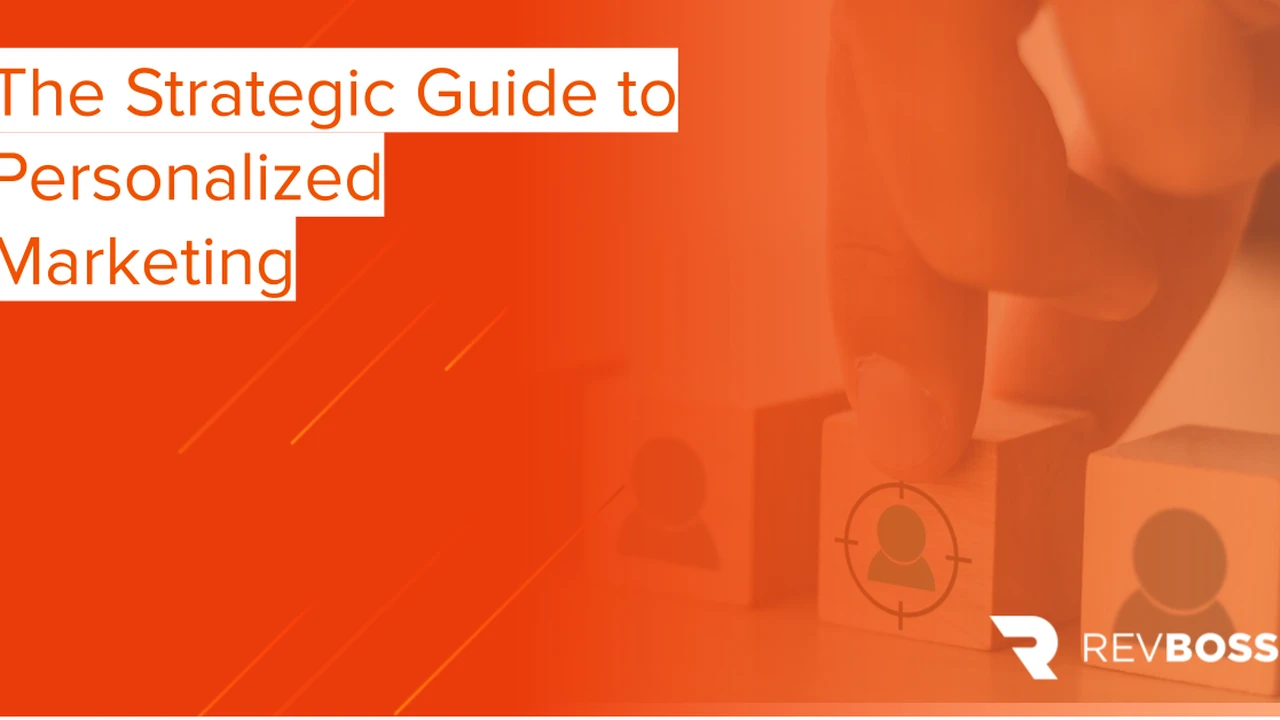The Rise of Mobile Commerce in SEA & Mexico: A 2025 Perspective
Sample meta description.

Mobile Commerce Dominance in Southeast Asia and Mexico The 2025 Landscape
Alright, let's dive headfirst into the wild world of mobile commerce (m-commerce) in Southeast Asia (SEA) and Mexico as we hurtle towards 2025. Forget everything you think you know about online shopping – because the future is firmly in the palm of your hand. We're talking smartphones, tablets, and a whole lot of swiping. Why SEA and Mexico, you ask? Well, both regions are experiencing explosive growth in mobile penetration, coupled with a young, tech-savvy population eager to embrace new ways to shop. Buckle up, because it's going to be a fascinating ride.
Key Drivers Fueling Mobile Commerce Growth in SEA & Mexico 2025
So, what's the secret sauce behind this mobile revolution? It's a combination of factors, all working together to create the perfect storm for m-commerce dominance. Let's break it down:
- Smartphone Penetration: This is the big one. More people than ever before own smartphones in SEA and Mexico, and these devices are increasingly affordable. Lower cost smartphones (think brands like Xiaomi, Realme, and Infinix) are making access to the internet and mobile shopping available to a wider demographic.
- Mobile Internet Access: Cheap and reliable mobile data plans are becoming the norm. People are spending more time online, and a significant chunk of that time is spent browsing and buying on their phones. 4G is widespread, and 5G is on the horizon, promising even faster and more reliable connections.
- Young and Tech-Savvy Population: SEA and Mexico boast a youthful demographic that's comfortable with technology and eager to adopt new trends. They're digital natives who grew up with smartphones and social media, making them prime targets for m-commerce businesses.
- Evolving Payment Infrastructure: Mobile payment options are becoming increasingly sophisticated and widely accepted. We're talking e-wallets like GrabPay, GoPay, OVO (in SEA), and Mercado Pago (in Mexico), as well as seamless integration with local banks. Cash on delivery is still popular, but digital payment methods are rapidly gaining ground.
- Social Commerce Boom: Social media platforms like Facebook, Instagram, and TikTok are becoming powerful sales channels. People are discovering and buying products directly through these platforms, blurring the lines between social networking and e-commerce. Live shopping is also gaining momentum, particularly in SEA.
Trending Products in SEA & Mexico Mobile Commerce 2025 What's Hot?
Okay, so everyone's on their phones, but what are they actually buying? Here's a sneak peek at some of the hottest product categories in SEA and Mexico's m-commerce scene:
- Fashion & Apparel: Clothing, shoes, and accessories are always a hit. Expect to see a surge in personalized shopping experiences and AI-powered style recommendations. Sustainable and ethically sourced fashion will also gain traction. Think brands like Love, Bonito (SEA) and Liverpool (Mexico), but with a stronger mobile-first focus.
- Beauty & Personal Care: Skincare, makeup, and hair care products are consistently popular. Korean beauty (K-beauty) continues to be a major influence in SEA, while Mexican beauty brands are gaining recognition for their natural and organic ingredients. Personalized skincare routines and virtual try-on apps will be key differentiators. Sephora and Ulta Beauty are major players, but expect to see smaller, niche brands thrive through targeted mobile marketing.
- Electronics & Gadgets: Smartphones, headphones, and other tech accessories are always in demand. The rise of the Internet of Things (IoT) will drive sales of smart home devices and wearables. Expect to see a battle for market share between established brands like Samsung and Apple and up-and-coming Chinese manufacturers.
- Home & Living: Furniture, decor, and kitchenware are seeing increased sales as people spend more time at home. Expect to see a focus on minimalist design and space-saving solutions. IKEA is a major player, but local artisans and small businesses are also finding success through mobile marketplaces.
- Food & Beverages: Food delivery services are booming, with companies like GrabFood, GoFood, and Rappi dominating the market. Expect to see a wider range of options, including healthy meals, gourmet food, and meal kits. The rise of dark kitchens (delivery-only restaurants) will further fuel this trend.
Specific Product Recommendations, Use Cases, and Comparisons in Mobile Commerce
Let's get down to brass tacks. Here are some specific product recommendations, use cases, and comparisons to give you a better idea of what's trending in SEA and Mexico's m-commerce landscape:
Product Recommendation 1: Noise-Canceling Headphones (Sony WH-1000XM5 vs. Bose QuietComfort 45)
Use Case: Commuting, working from home, studying, traveling. Ideal for anyone who wants to block out distractions and focus on their task at hand.
Comparison:
- Sony WH-1000XM5: Known for its superior noise cancellation, excellent sound quality, and comfortable design. Features adaptive sound control that adjusts to your environment. Price: Around $400.
- Bose QuietComfort 45: Offers excellent noise cancellation and a balanced sound profile. More durable and slightly more compact than the Sony. Price: Around $330.
Why Mobile Matters: Consumers are increasingly researching and purchasing headphones on their smartphones. Mobile-optimized product pages with high-quality images and videos are essential. User reviews and comparisons are also crucial for influencing purchasing decisions.
Product Recommendation 2: Portable Bluetooth Speaker (JBL Flip 6 vs. Anker Soundcore Motion+)
Use Case: Outdoor gatherings, picnics, beach trips, travel. Perfect for sharing music with friends and family on the go.
Comparison:
- JBL Flip 6: Offers a balanced sound, durable design, and waterproof construction. Available in a variety of colors. Price: Around $130.
- Anker Soundcore Motion+: Provides a more powerful bass response and customizable EQ settings. Offers longer battery life than the JBL Flip 6. Price: Around $100.
Why Mobile Matters: Consumers often discover portable speakers through social media ads and influencer recommendations on platforms like Instagram and TikTok. Mobile-friendly e-commerce sites with easy checkout processes are crucial for capturing impulse purchases.
Product Recommendation 3: Smartwatch (Apple Watch Series 8 vs. Samsung Galaxy Watch 5)
Use Case: Fitness tracking, health monitoring, notifications, mobile payments. Ideal for anyone who wants to stay connected and track their activity levels.
Comparison:
- Apple Watch Series 8: Seamless integration with the Apple ecosystem, advanced health features (ECG, blood oxygen monitoring), and a sleek design. Price: Around $400.
- Samsung Galaxy Watch 5: Compatible with Android devices, offers a wide range of fitness tracking features, and a rotating bezel for easy navigation. Price: Around $300.
Why Mobile Matters: Smartwatches are often purchased as accessories to smartphones. Mobile-optimized product pages with detailed specifications and comparison charts are essential. User reviews and ratings are also highly influential.
Mobile Payment Solutions in SEA & Mexico Frictionless Transactions
Let's talk about the glue that holds this whole m-commerce thing together: mobile payments. In SEA, you've got powerhouses like GrabPay, GoPay, and OVO, each vying for dominance. These e-wallets offer a seamless way to pay for everything from ride-hailing to groceries to online shopping. In Mexico, Mercado Pago reigns supreme, offering a similar suite of services. The key is convenience – these apps are designed to make paying as easy as possible, often with just a tap or a scan.
Social Commerce Strategies in SEA & Mexico Engaging Customers
Social commerce is exploding! Think about it: you're scrolling through Instagram, see a cool pair of shoes, and bam! You can buy them right there without ever leaving the app. That's the power of social commerce. In SEA and Mexico, brands are leveraging platforms like Facebook, Instagram, and TikTok to reach a wider audience and drive sales. Live shopping is also gaining traction, with influencers hosting live streams and showcasing products in real-time. It's all about creating engaging content and making it easy for people to buy what they see.
The Future of Mobile Commerce in SEA & Mexico What's Next?
So, what does the future hold for m-commerce in SEA and Mexico? Expect to see even greater personalization, with AI-powered recommendations tailored to individual preferences. Augmented reality (AR) will play a bigger role, allowing shoppers to "try on" clothes or "place" furniture in their homes before making a purchase. And as 5G becomes more widespread, expect to see even faster and more seamless mobile shopping experiences. The possibilities are endless!
Mobile SEO Optimization for E-commerce in SEA & Mexico
To win the mobile commerce game, you've got to nail your mobile SEO. That means optimizing your website for mobile devices, ensuring fast loading speeds, and using relevant keywords in your product descriptions. Think about how people are searching for products on their phones – are they using long-tail keywords like "best noise-canceling headphones for travel" or more general terms like "headphones"? Understanding your target audience's search behavior is crucial for driving traffic to your mobile site.
Mobile App Development vs. Responsive Website Design for E-commerce
Choosing between a dedicated mobile app and a responsive website design is a crucial decision. A mobile app can offer a more immersive and personalized experience, but it requires more upfront investment and ongoing maintenance. A responsive website, on the other hand, is more cost-effective and easier to maintain, but it may not offer the same level of engagement. The best approach depends on your budget, target audience, and business goals.
Security and Privacy Concerns in Mobile Commerce
As mobile commerce continues to grow, security and privacy concerns are becoming increasingly important. Consumers need to feel confident that their personal and financial information is protected. E-commerce businesses need to implement robust security measures, such as encryption and fraud detection systems, to safeguard their customers' data. Transparency and clear privacy policies are also essential for building trust.
Building Trust in Mobile Commerce in SEA & Mexico
Trust is paramount in the world of m-commerce. Consumers are more likely to buy from brands they trust. How do you build that trust? By providing excellent customer service, offering secure payment options, and being transparent about your policies. User reviews and ratings are also incredibly influential – encourage your customers to leave reviews and respond to any negative feedback promptly. Remember, a happy customer is your best advocate.
:max_bytes(150000):strip_icc()/277019-baked-pork-chops-with-cream-of-mushroom-soup-DDMFS-beauty-4x3-BG-7505-5762b731cf30447d9cbbbbbf387beafa.jpg)






